25 projects every homeowner should do this winter
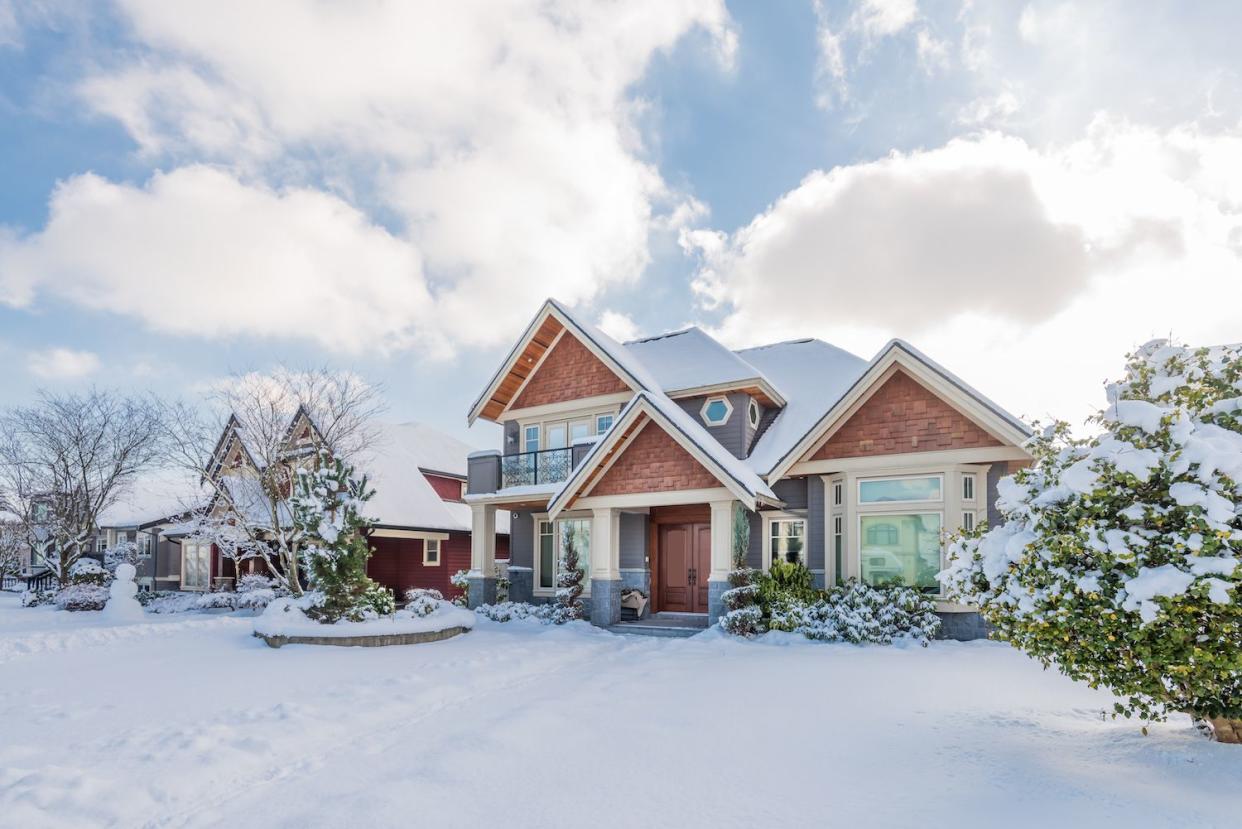
This article originally appeared on Thumbtack and is syndicated by Cheapism.
Winter can wreck havoc on your home — both inside and outside. That's why smart homeowners know which projects and tasks they should prioritize to avoid costly damage and protect their curb appeal.
For homeowners wondering what tasks to complete this winter, read the following checklist. It outlines several essential home maintenance to-dos — both big and small — to take on this season.
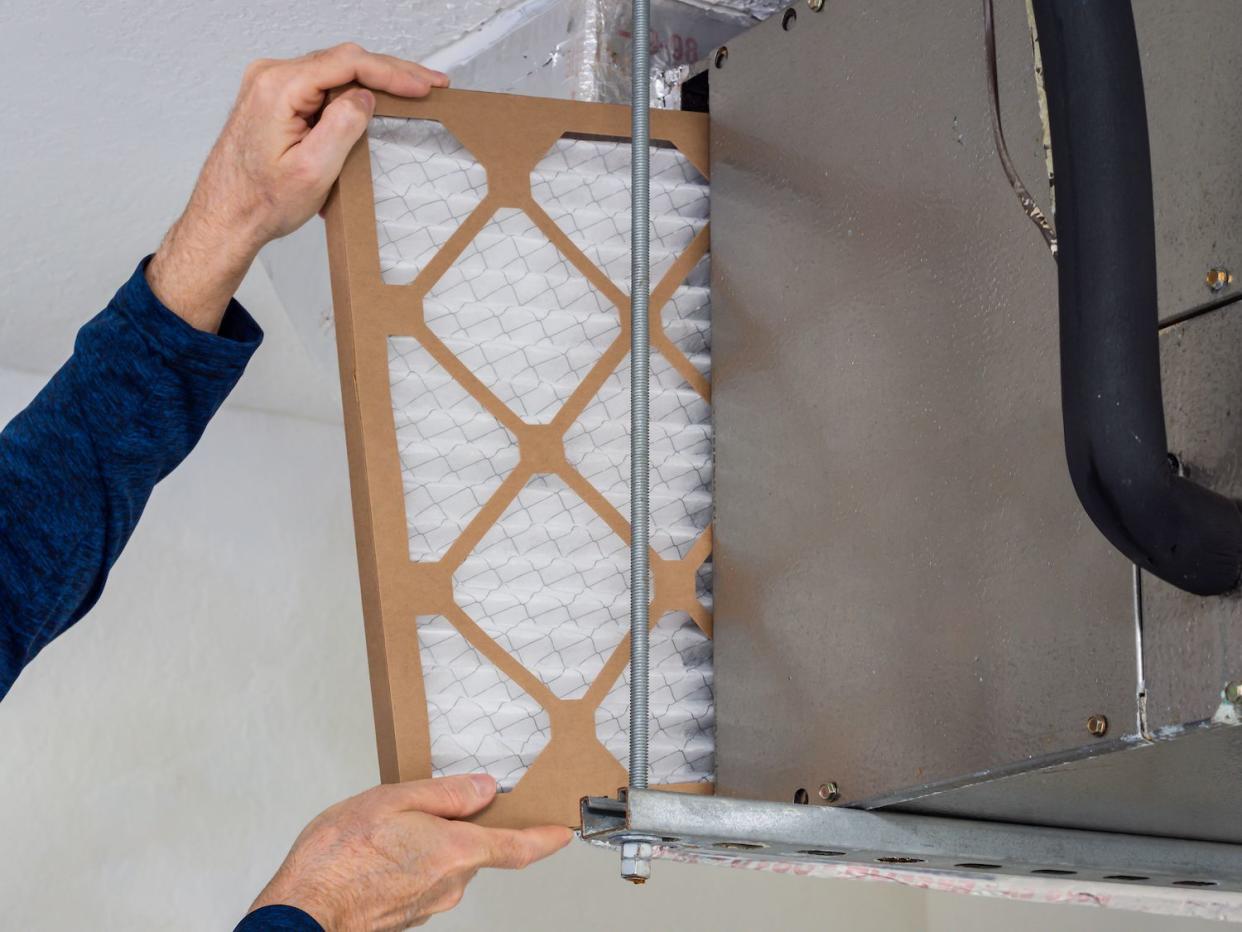
Central heating should be your focus in the fall and early winter. As the temperatures begin to dip, a home’s heating system becomes an integral part of comfort and safety. Additionally, if your heating system isn’t maintained throughout the year, it can lead to costly repairs down the road.
Hire a top-rated professional to inspect your furnace, boiler and HVAC system. Start the winter season with a complete HVAC inspection and tackle any repairs and cleaning tasks that will keep your family safe and warm. For larger, more expensive projects, such as replacing a furnace or installing new ducts, request price estimates from multiple pros to ensure you’re paying a fair price.
Related: How much does professional furnace cleaning cost?

When it’s chilly outside, nothing sounds better than taking a shower or spending an hour (or two) in a bubble bath. Unless that water is ice cold.
Prevent hot water mishaps by servicing your water heater. Flush your tank and add insulation to your pipes and tank, too. Be sure to check your water heater’s temperature, test the pressure relief valve and inspect your anode rod. If you don’t know how to DIY these tasks, consider calling in a pro.
Related: How much do water heater repairs cost?
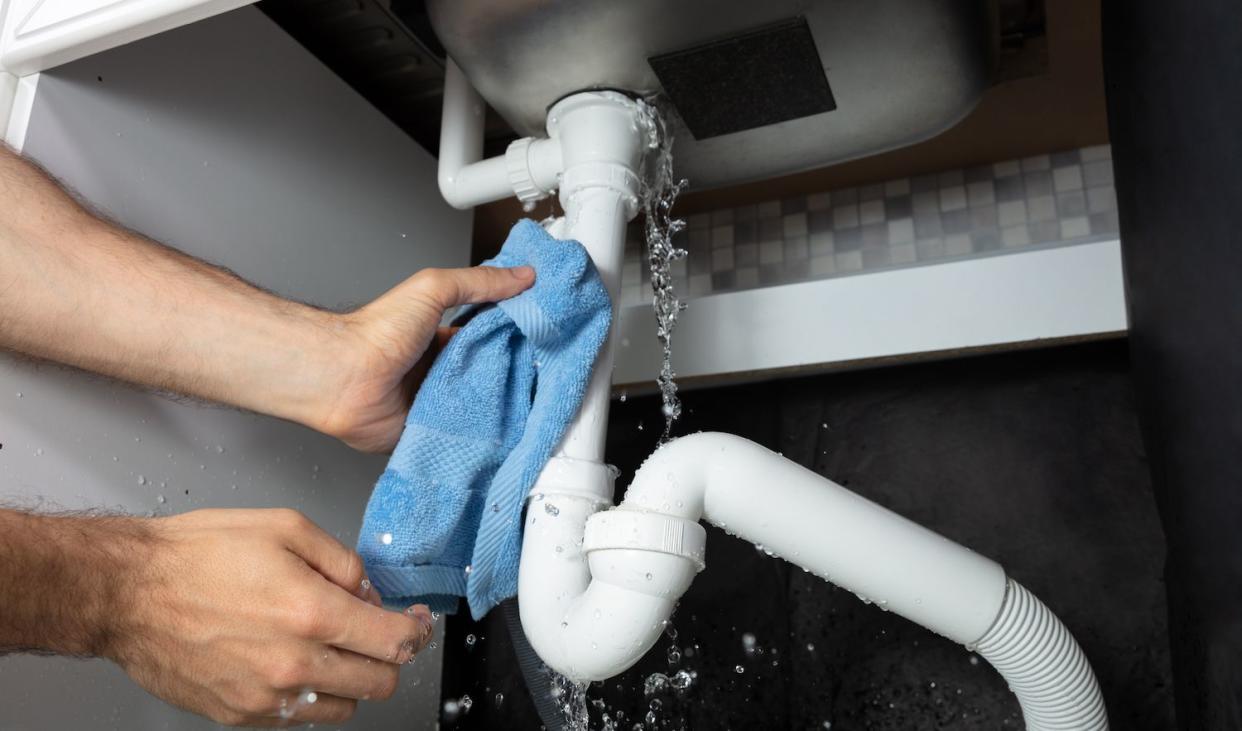
Taking care of your pipes is a crucial task in winter. Walk through your kitchen and bathrooms and inspect the faucets, sinks, pipes and other fixtures for potential leaks.
How do you know if you have a leak? The Environmental Protection Agency (EPA) offers this key tip: “Take a look at your water usage during a colder month, such as January or February. If a family of four exceeds 12,000 gallons per month, there are serious leaks.”
Other signs of a leak include:
A spike in your water bill
Low water pressure
Sudden moisture in your walls
Unusual odors
While a small drip here or a small leak there might not seem like a big deal, the EPA says one leaky faucet can waste more than 3,000 gallons of water in a year. Not only that, but leaks can lead to permanent water damage. Contact a plumber if you suspect your plumbing needs to be fixed.
Related: How much do plumbers charge in your area?

A frozen pipe can burst if you don’t take action to prevent that. A burst pipe causes water and structural damage, slippery conditions (if the burst occurs outside) and a costly repair bill. Throughout the winter, look for signs of frozen pipes — lack of running water, weird odors and visible frost. This is especially important if you live in a region where the weather gets below freezing and if you have:
Swimming pool supply lines
Hose bibs
Water sprinkler lines
Little or no insulation for pipes in exterior walls
Pipes in an unheated basement, attic, garage, crawl space or kitchen cabinet
Pro tip: If you haven’t done so already, drain the water from your sprinkler system and turn it off for the season. Insulate your hot water pipes to prevent heat loss, lower your water temperature setting, conserve water when possible and you could save big.
Related: How much does it cost to replace a pipe?

If your household tends to spend more time indoors during the colder season, it’s a good idea to do a deep clean. Deep cleaning addresses those areas in your home that you tend to skip during your usual house cleaning routine. When deep cleaning your home, a professional house cleaner will spend more time addressing certain areas (e.g., bathroom, fridge, oven, etc.) to remove dirt and grime.
Although they differ by company, some examples of deep cleaning services include cleaning:
Baseboards and floors
Bathroom (tile, shower heads, aerators, etc.)
Blinds and interior windows
Ceiling fans
Countertops
Kitchen appliances (including under and behind)
Light fixtures and bulbs
And more
Related: How much does house cleaning cost?

Speaking of house cleaning, we recommend you get your carpets professionally cleaned, too. Steaming your carpets adds freshness just in time for the holidays and helps protect your family’s health.
Because carpets can trap dirt, dust mites, pet dander and other pollutants, the American Lung Association recommends deep cleaning your carpet once a year using dry steam cleaning. If you don’t have the necessary equipment or skills, schedule an appointment with a professional carpet cleaning service near you.
Related: How much does carpet cleaning cost?
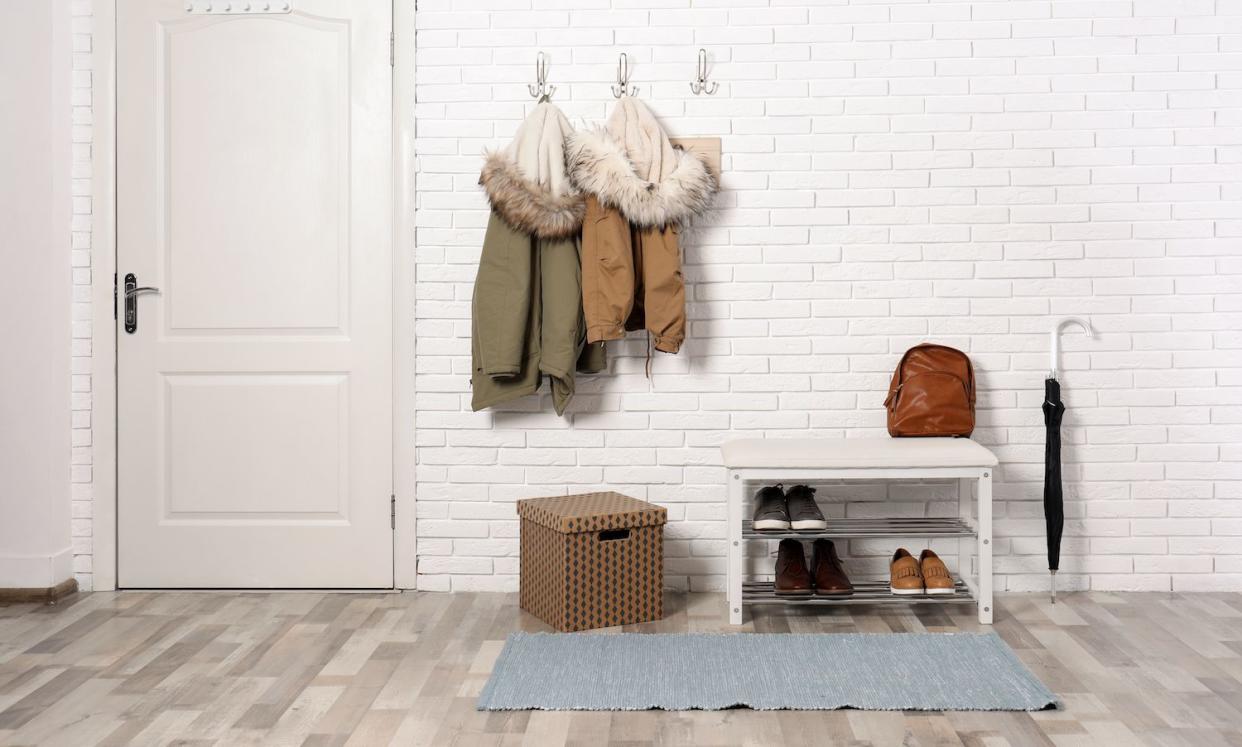
When it's snowy and wet outside, there's a good chance all of that muck will get tracked into your home, especially near your front door and entryway. To protect your flooring, lay down a mat or a rug. And buy something (like a bench with a shoe rack or cubbies) where people can place their boots and shoes when they enter your home. You can also add hooks or a coat rack so guests can hang their raincoats or winter jackets.

Winter is a good time to check the locks on your doors and tighten any loose screws. If a lock has been sticking or a doorknob has stripped screws, it’s worth hiring a locksmith to fix things up. It’s all about keeping your family safe — especially if you plan on traveling during the holidays and in the new year.
Related: How much does it cost to replace your locks?

If you don’t have one already, consider installing a smart home security system for additional protection and maintenance alerts. With a smart home system, you can:
Get notified when there’s a hazard (water leaks, smoke, carbon monoxide leaks, etc.) you need to address and fix.
See videos when someone rings your doorbell or unlocks your front door.
Remotely maintain and control your home’s temperatures, window shades, lighting and more.
Related: How much does it cost to install a home security system?
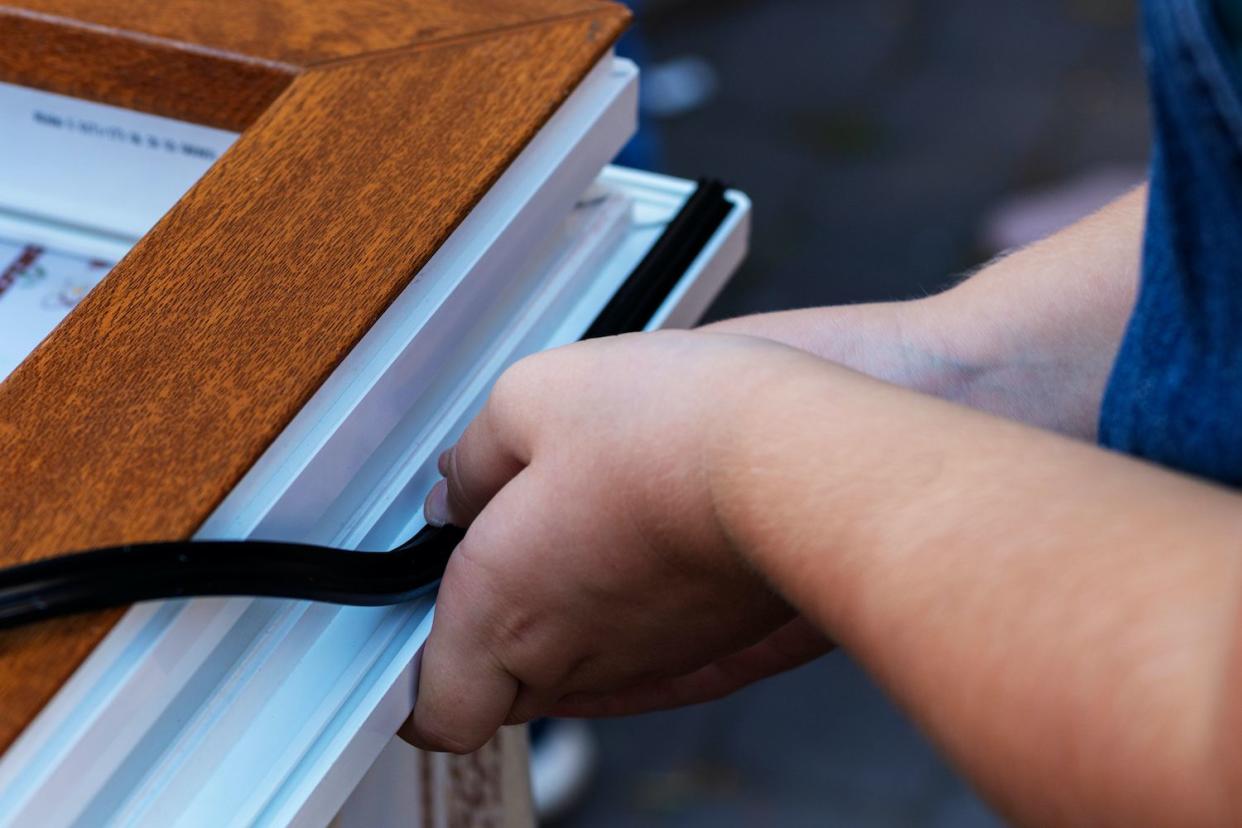
As the freezing temperatures set in, check the areas around your home that experience heat loss. Heat can escape through your windows and doors where the weatherstripping or caulking has deteriorated, leading to higher energy bills and a less comfortable home.
Keep heat in and cold air out by checking for air leaks. Look for cracking or dried-out weatherstripping around your windows, doors and attic. If you find any drafts in your home, replace your weatherstripping or caulk as needed.
Related: How to weatherproof your home.
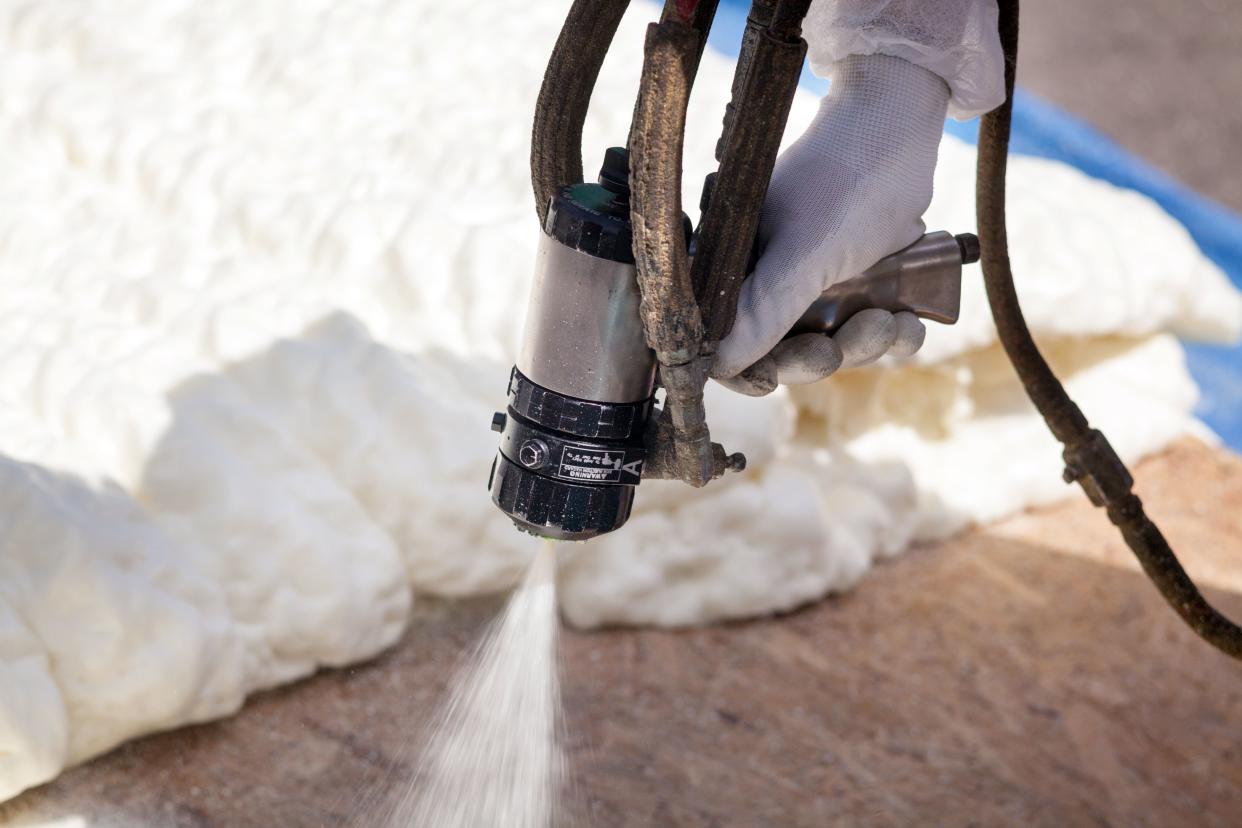
Ideally, you would’ve insulated your home in the fall, before winter arrives. However, it’s better late than never. If you haven’t insulated your home, inspect the following areas that may need a little extra protection during the winter:
Indoor and outdoor pipes
Attic, basements, garages and crawl spaces
Exterior walls
Vents and ductwork
Doors and windows
With proper insulation, you can help lower your energy bills and keep freezing weather out of your house. Reach out to an insulation contractor near you who can address these areas in your home.
Related: How much does insulation cost?
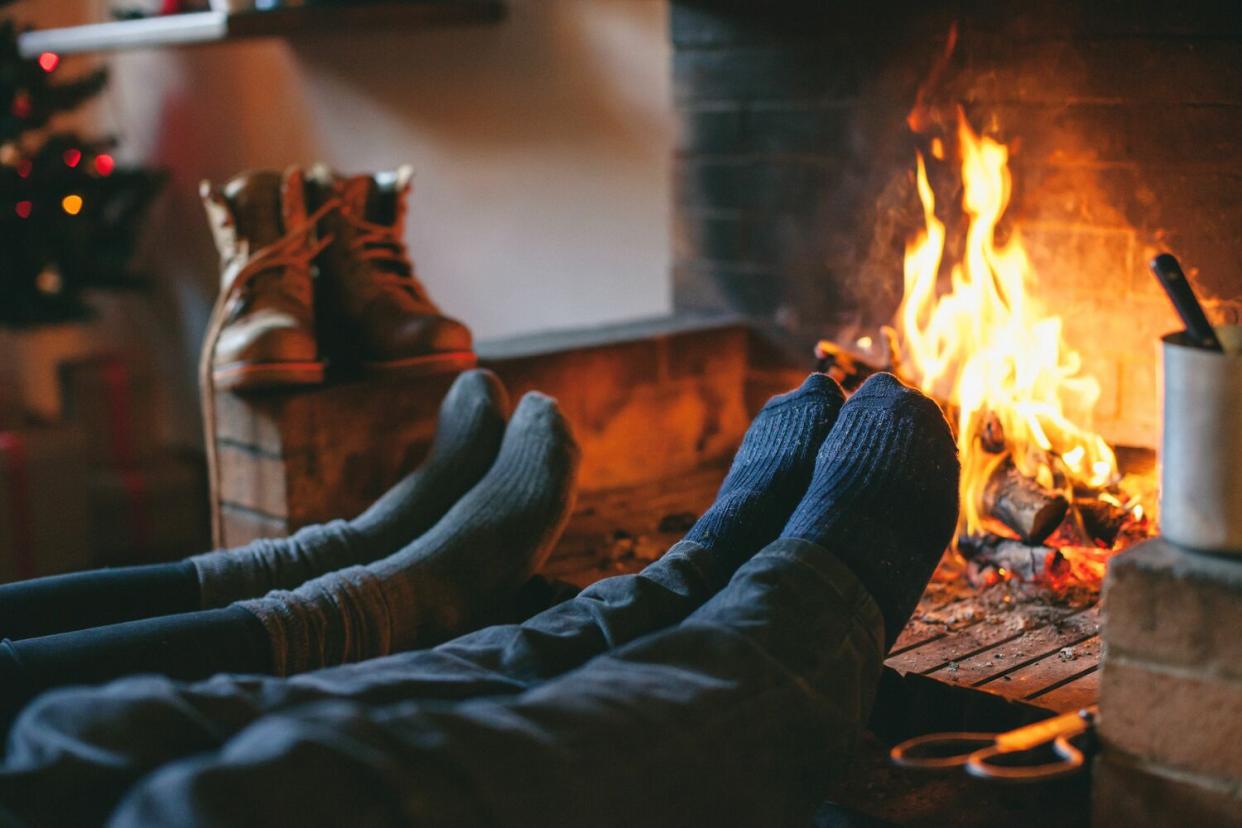
There are many maintenance projects that can transform your home from “just a house” to a “cozy home.” For example, fireplace refacing creates major visual impact.
But, more importantly, make sure your fireplace and chimney are clean. A professional chimney inspector can tell you if your chimney needs any repairs or a cleaning. This helps ensure your family stays safe when using a fireplace throughout the winter.
Related: How much does professional chimney cleaning cost?
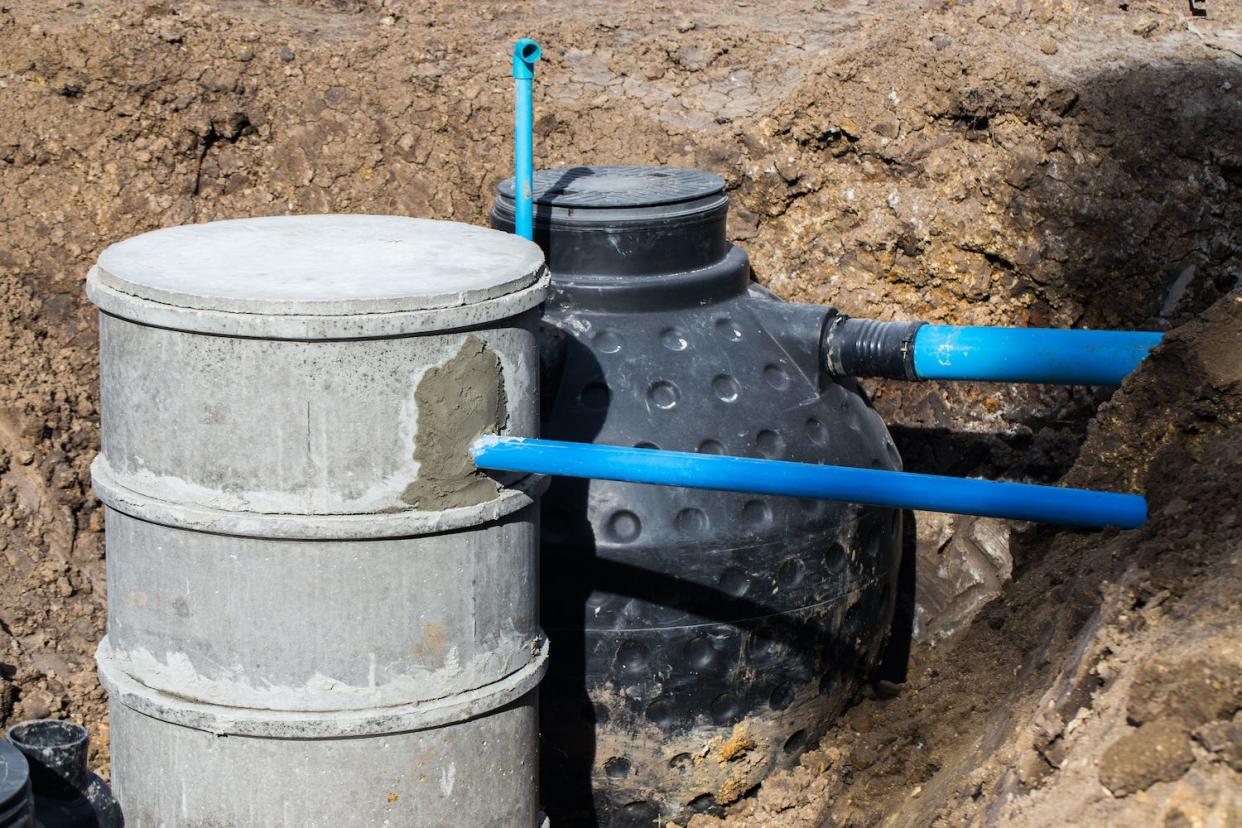
If your home uses a septic tank, the EPA recommends you have it pumped every three to five years. Pumping your septic tank before having family over for the holidays helps prevent unwanted issues. And when the holidays are over, a properly maintained septic tank will lower the chances of you getting hit with a costly repair bill. Lastly, maintaining your tank can help protect the environment, your household and neighbors, according to the EPA.
Find out when your septic tank was last pumped. If it’s been more than three to five years, find professional septic tank pumping services in your area and request a few estimates before scheduling an appointment.
Related: How much does septic tank pumping cost?
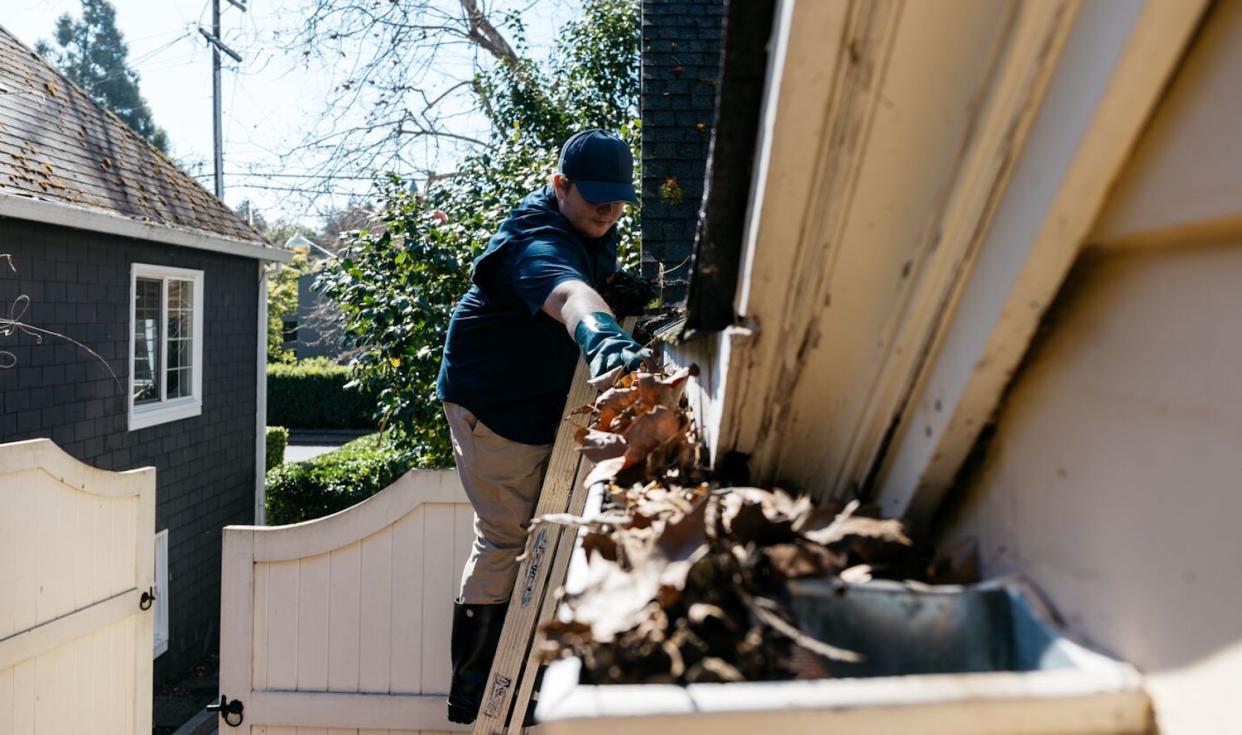
In the fall, leaves, twigs and other debris can build up on your roof and in your gutters — which can cause severe damage in the winter. If you don’t remove debris from your gutters, it can trap water that may freeze and form an ice dam.
Cleaning your gutters during this season can also help prevent sagging, mildew, mold and pests. You’ll also prevent leaks and water damage by directing water away from your home’s exterior.
Related: How much does professional gutter cleaning cost?

If you get snow in the winter, don’t let it pile up on your roof. Too much snow can lead to ice dams and cause your roof to collapse — a pricey emergency you’re better off preventing. You can use a snow rake to remove build-up, but it’s recommended that you work with a partner who can assist you while you’re climbing up the ladder. Or, find a professional to do this tricky (even a little unsafe) maintenance task for you.
Also, keep an eye on your roof during the winter and look for signs of structural problems such as a sagging or leaking roof, weird sounds and cracks in your wall.

Upgrading, adding or changing the lights in your home creates a brighter, more inviting space during the winter months. With the sun setting earlier and the generally colder, darker days, it’s a great idea to upgrade your lights to improve your mood.
For example, recessed lighting in your ceiling can provide ambient, task or accent lighting. Plus, it’s a great way to create a focal point. Cove lighting offers a touch of elegance, while pendants tend to be more decorative.
Related: Easy ways to brighten up your home this winter.

Improve your home’s curb appeal and prevent trips and falls by adding outdoor light fixtures. Place lights around your front steps and any in-ground water features or fountains.
You should also make sure all of your walkways and pathways are easy to see at night. If not, consider installing garden lights, flush lights, well lights or downlights.
Related: How much does it cost to install new lights?
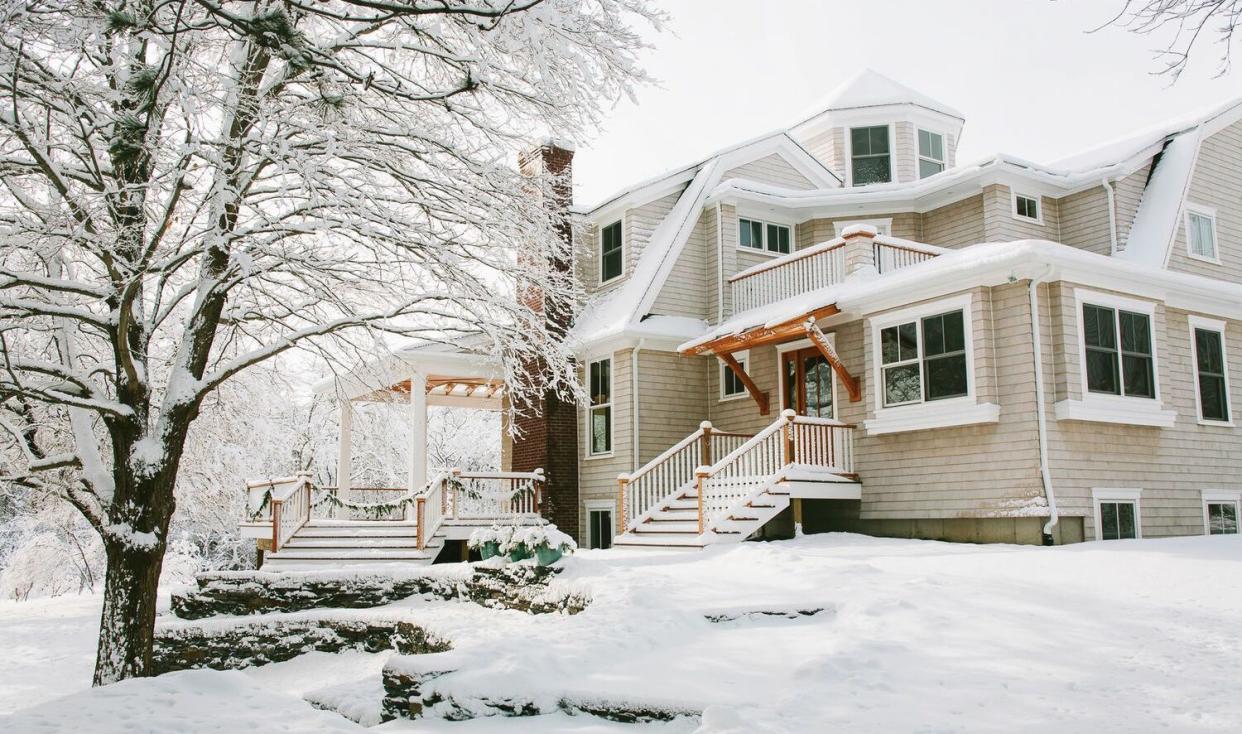
Before winter fully sets in, take the time to clean up your deck, patio or outdoor living space by removing (or protecting) items that can get damaged during rain or snowstorms. Put away patio furniture, toys, gardening tools, lawn mowers and hoses.
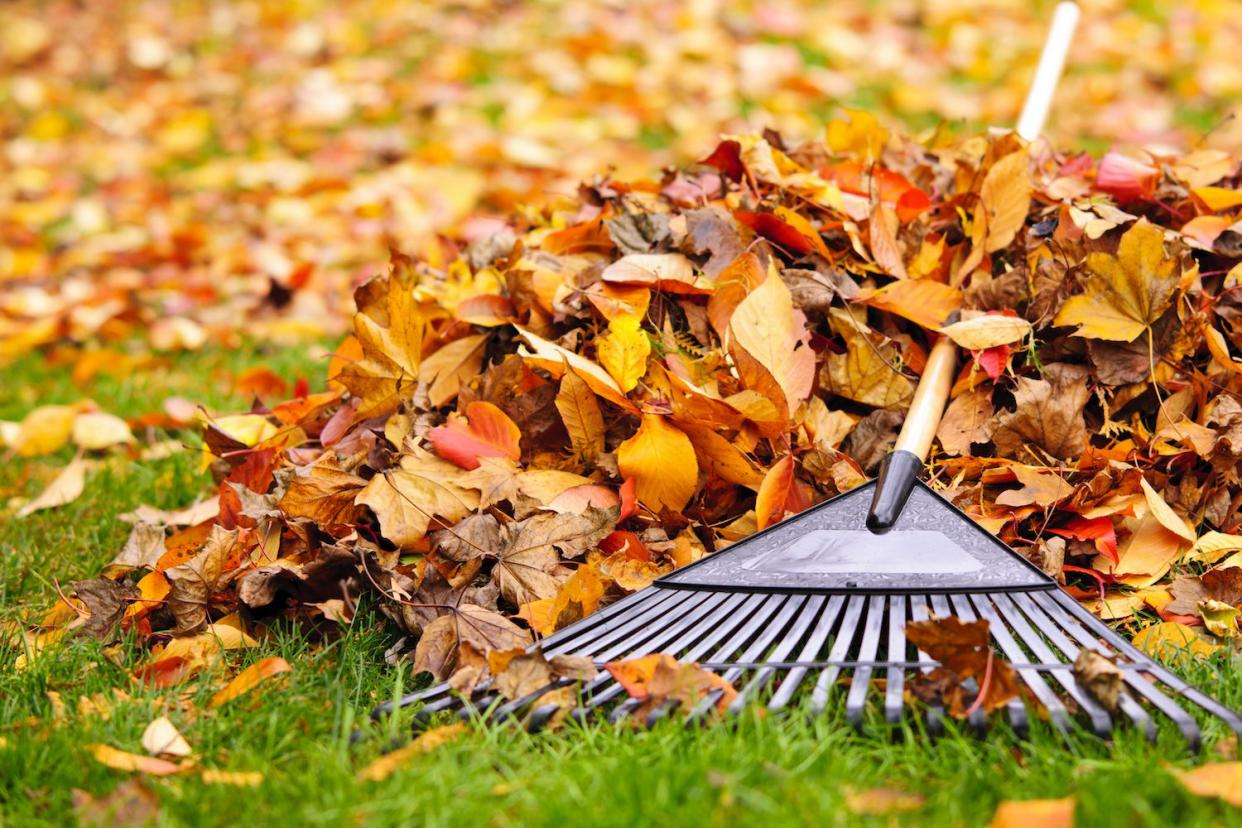
Don’t forget to tend to your plants, trees and garden this winter. Maintain your lawn and garden by removing weeds. Keep watering your plants until the first freeze (and continue to water if you experience dry winters). And if you didn’t do it in the fall, consider aerating and fertilizing your lawn before freezing weather hits.
Throughout the season, rake fallen leaves so they don’t prevent healthy grass growth. You can also mulch your leaves and use them to help protect your plants and trees from winter’s harsh elements (and to reduce water loss).
Related: How much do lawn care services cost in your area?
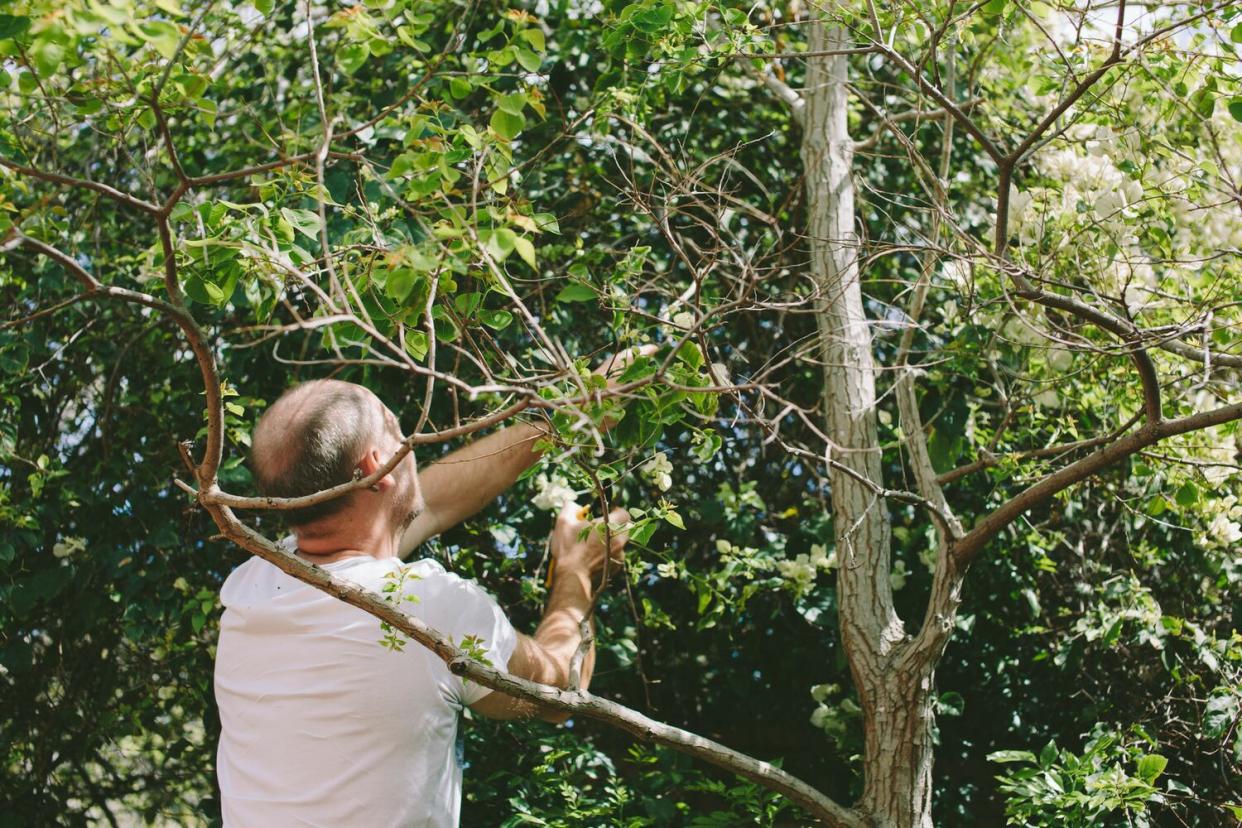
Depending on the type of trees you have in your yard, winter might be the best time to prune them. If your trees are dormant during the winter, pruning them now can help protect their health and encourage growth in the spring.
Even if a tree isn’t dormant right now, it might be necessary to cut dead branches or limbs that pose a safety hazard during winter storms. Consider hiring a professional service to cut off loose or dead branches.
Related: How much does tree trimming cost?
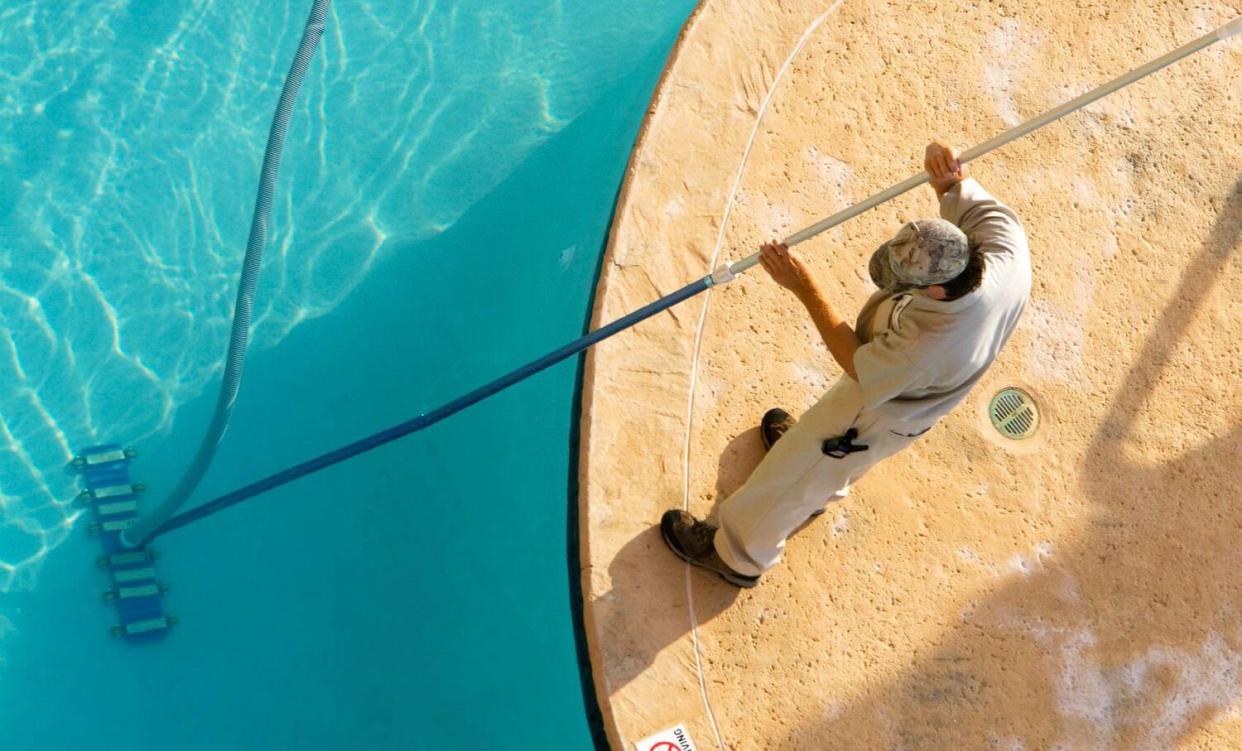
A swimming pool — whether in-ground or above-ground — can be a significant investment and requires regular maintenance. One of the most crucial steps in pool maintenance is winterizing your pool. This process will help protect your pool from winter’s harsh weather.
To winterize your pool, a professional will usually do these basic steps:
Clean your pool and add winterizing chemicals.
Shock the pool.
Lower the water level.
Drain water from the pump and filter.
Clear, remove and store pool equipment.
Blow out water lines to prevent freezing damage.
Cover the pool.
Related: How much does pool maintenance cost?
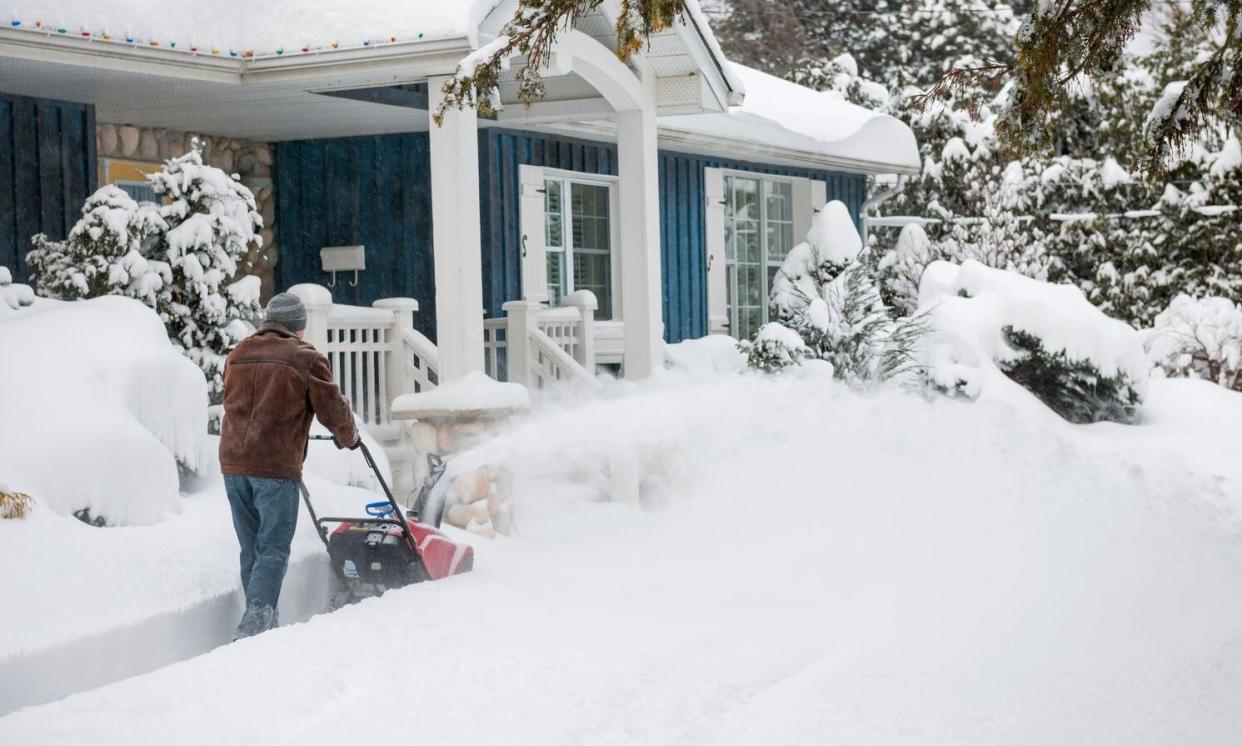
If you live in an area that receives frequent snowfall during the winter, don’t wait to schedule plowing services. These pros help clear your driveway so you don’t have to worry about maintaining a clear path. That way, when it’s time to run errands, go to work or leave your home in the case of an emergency, you’ll be ready at a moment’s notice.
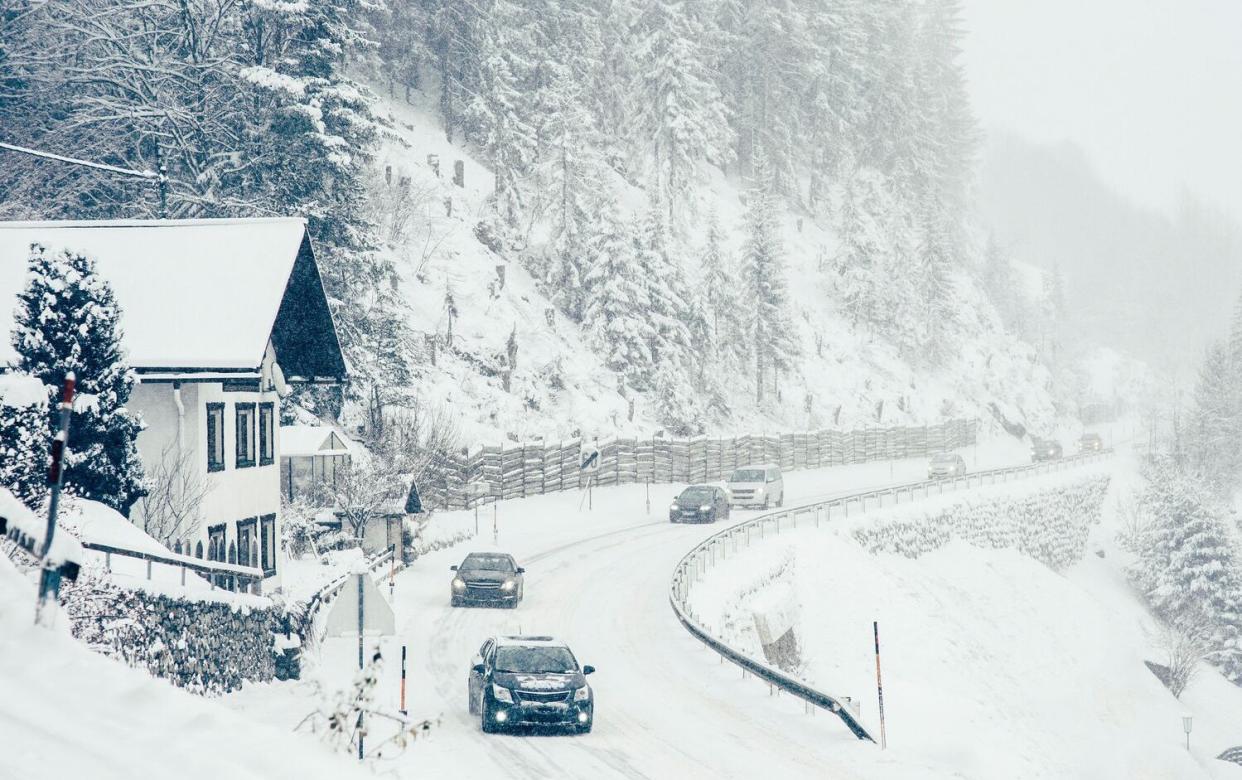
Winter storms can wreak havoc on your home. Whether you’re expected to experience heavy rains, wind or snow, preventative maintenance helps you avoid expensive repairs in the future. For example:
Waterproof your home. Specifically, install a sump pump in your basement, seal your walls and make sure your gutters, downspouts and drains are routing water away from your home’s foundation. If you already have a sump pump, make sure it’s working correctly.
Prepare for a power outage. If the power goes out, make sure you’re ready for it. Get a portable generator, stock up on important supplies (food, medicine, first aid kit, flashlights, etc.), insulate your pipes and seal gaps in your home to retain indoor heat.
Prevent structural damage by trimming tree branches, removing furniture and grills from your yard, and installing storm windows and doors.
Locate and test your main water shut-off. Make sure you'll be able to close the value during an emergency or when there’s a surprise leak.
Related: Preparing for floods: 13 things you need to do.

Adding a fresh coat of paint to one of your rooms is a fun decorating project for the winter months. Fresh paint can improve your home’s overall feeling and ambiance. Plus, it gives you an opportunity to touch-up and fix the paint on your walls.
During the darker winter months, liven up your interior by adding uplifting or warm colors to make your home cozier. For example, colors such as yellow, orange and red can provide warmth. Or, choose colors like charcoal and blue for a sophisticated “winter wonderland” look.
If you want to makeover several rooms and need help deciding which colors to choose — as well as decorative accents and accessories — consider hiring an interior decorator.
Related: How much does it cost to paint a room?
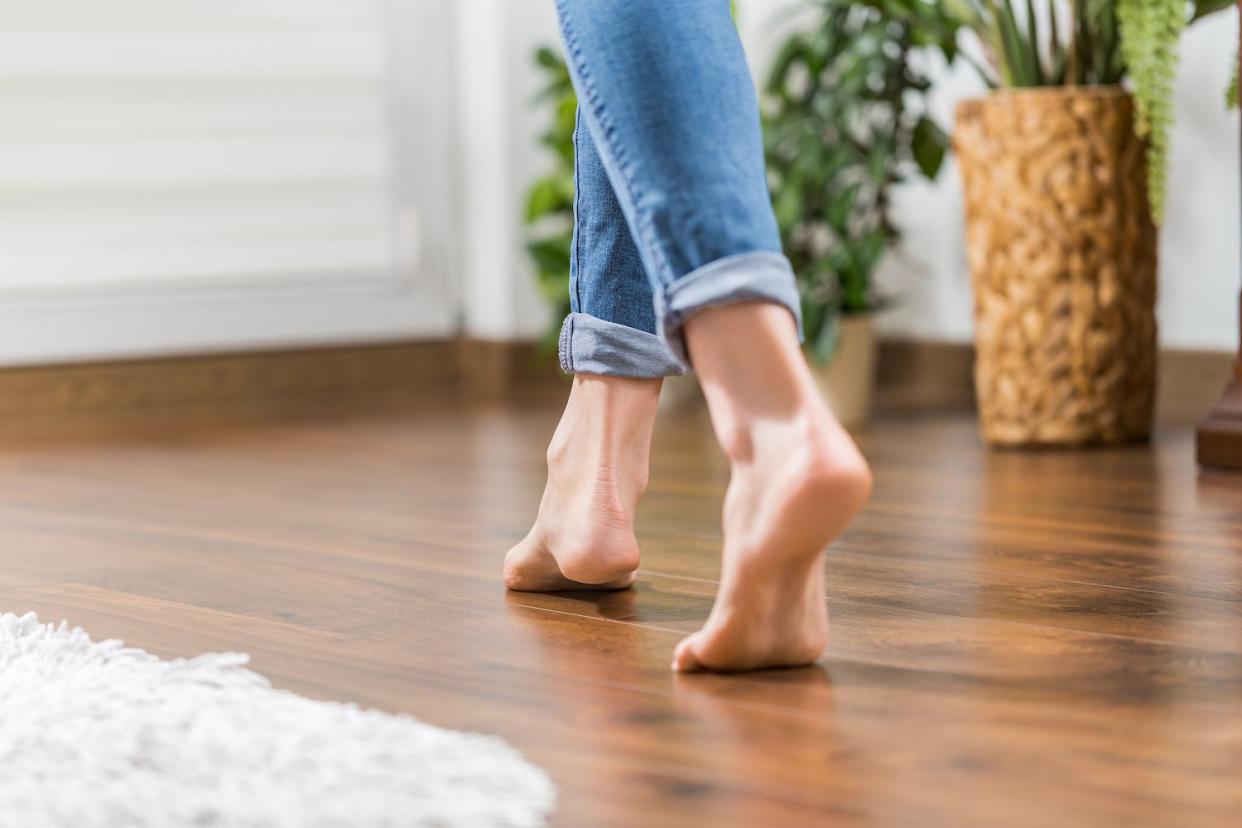
Nobody likes cold toes. Are you tired of walking barefoot on freezing tile floors in your drafty bathroom or open-concept living room? A floor heating system might be your answer. This system increases the temperature in a room from the floor up. And it’s supremely cozy.
The most common types of radiant floor heat are electric and hydronic floors. These have an electric system or electric cables built into the floor. If you opt for a hydronic system, heated water is pumped from the boiler through tubing under the floor. Hydronic radiant floor heating is the most common and cost-effective of the two options, according to the U.S. Department of Energy.
